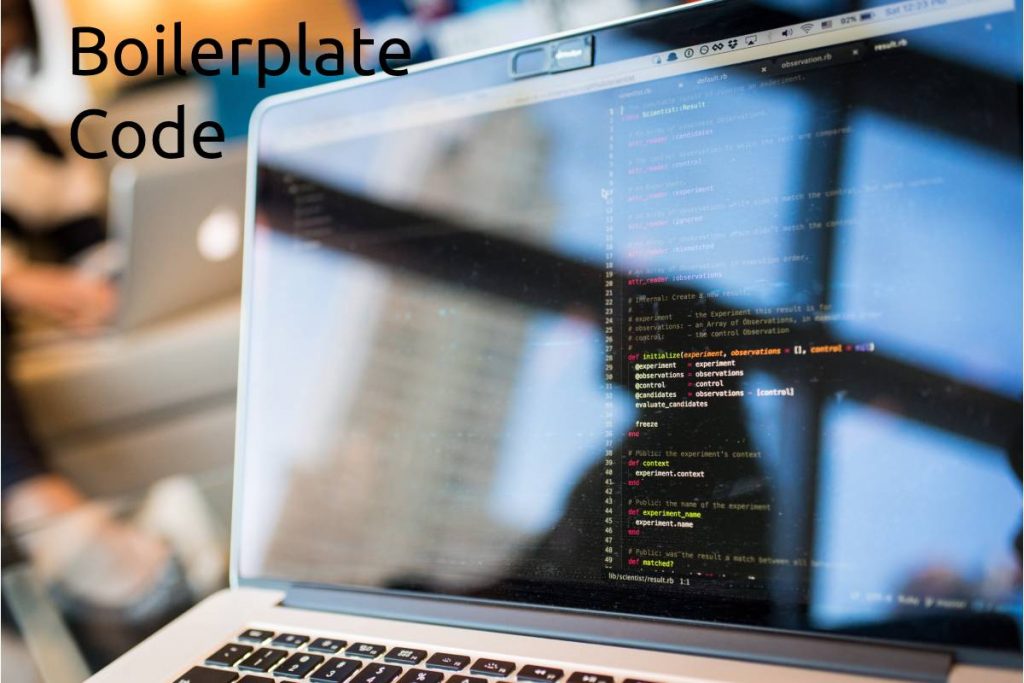Table of Contents
Boilerplate Code
A boilerplate code is a textual form that can be used repeatedly by making only a few changes or no changes.
The most mutual boilerplate examples are legal agreements such as privacy policy, terms, and conditions. Here you may be provided with a multipage contract, but most of its part is boilerplate.
What is boilerplate code?
In pc programming, a boilerplate code (regularly referred to as a boilerplate) is a chunk of code that can be used by many humans with only a tiny change or occasionally no modifications in any respect.
- Here is continually a want to do greater effective duties within the minimum possible time inside the company international world.
- Therefore, it has been a standard for many businesses to use boilerplate code for specific tasks to cut the production time.
- Suppose you are a C++ programmer and use any IDE (Integrated Development Environment). It delivers you with a chunk of standard code that you can edit as per your requirement.
- E.g., the following code in c++ can be considered boilerplate and would be the same for probably all the c++ programs.
Why use boilerplates?
The main advantage of using boilerplates is to reduce the time consumed in software development by reusing primary things. Thus accelerating development.
Here the code written is comparatively cleaner and easy to debug.
Examples of boilerplates:
- In HTML
- The HTML is a markup language used to build the basic structure of a web page.
- In the HTML, the below-given boilerplate is often using in all web pages.
In object-oriented programming:
- However, in object-oriented programming, a class is a group of methods (member functions) and variables (data members).
- These methods can be considering boilerplates. Different styles can have other getter and setter methods, but they are the same.
- E.g., in the below-given code, everything is boilerplate except the declarations for the car.
The boilerplate concept in Frameworks:
- Each programming language has some frameworks to ease all the heavy lifting.
- For example, similar PHP has CodeIgniter, Laravel, CakePHP. Python has Django and flask, JavaScript has Express JS, Angular JS, ruby has Ruby on rails, etc.
- Let’s revenue the example of CodeIgniter, which is an overall MVC framework written in PHP.
Here CodeIgniter has a prebuild structure for all essential modules, with the controller and the models.
Preamble:
- Some programming language contains declarative statements that cannot be considering a necessary part of the logical code but are still including at the start of the code.
- For example, let’s consume a look at the below statements written at the beginning of a C++ program.
- The stream is a header file that needs to be including at the start of a program to use the formal statements to input a user and display the output to the screen.
- All messages with the # symbol at the starting are calling preprocessor directives. A preprocessor directive(or preprocessor in short) says the compiler processes all the statements that start with #.
The comprise statement can be used in one of the following ways:
Include: This directive would consist of a predefined header file.
Have “file-name”: This directive would consist of a user-defined header file.
- The using namespace std statement means something is present in the declared scope. Therefore, it is to use the standard accounts without prefix std. For example, std::cout.
Also Read: What is a Knowledge Panel? – Knowledge Panels on Google, and More
